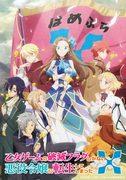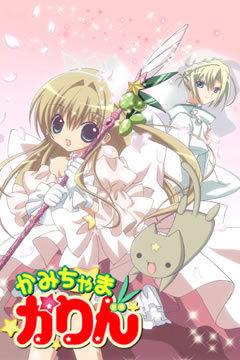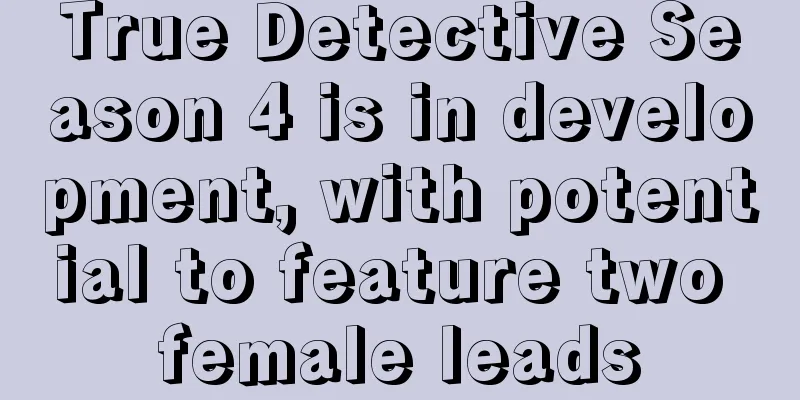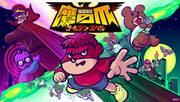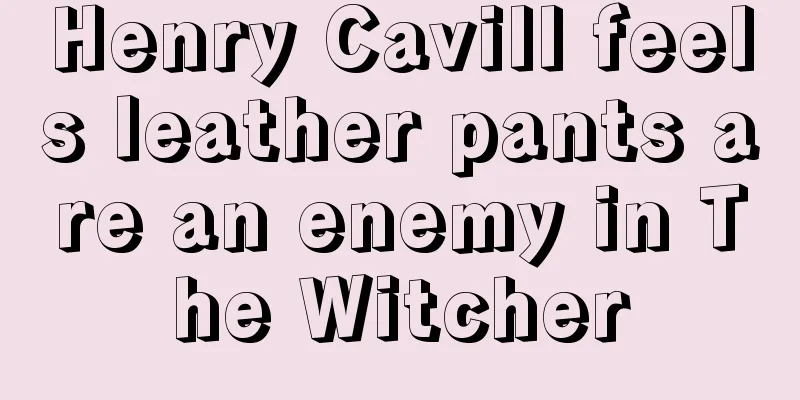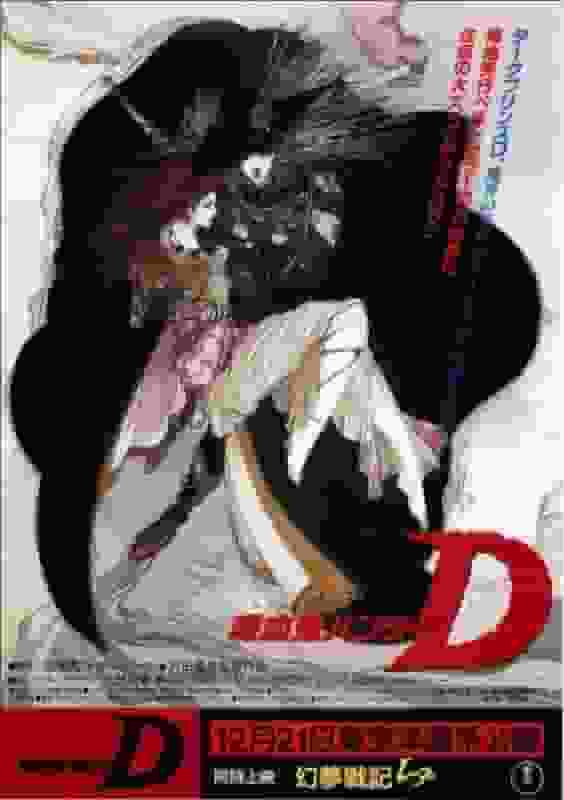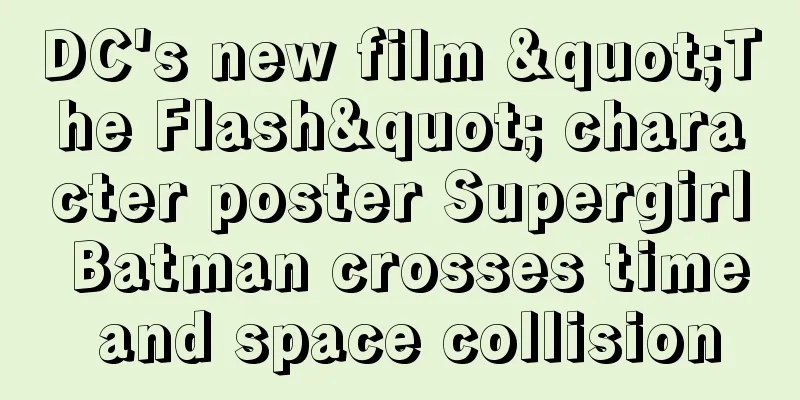Mahiru no Hoshi: A thorough analysis of the emotion and appeal of Minna no Uta
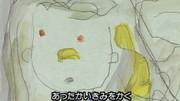
"Mahiru no Hoshi" - Looking back on the masterpieces of Minna no Uta"Mahiru no Hoshi" is a short two-minute animated work that was broadcast on NHK Educational TV (now NHK E-Tele) in April 1999. This work was produced as part of NHK's long-running program "Minna no Uta" and was loved by many viewers. Here, we will explore in detail the appeal of this work, the background to its production, and its subsequent influence. Overview"Mahiru no Hoshi" is an original story, as its original media is listed as "other." It was broadcast in April 1999 on NHK Educational TV, now NHK E-Tele. In just one episode, a short two-minute length, it depicts a world woven together with beautiful images and music. The production was done by Sato Makoto, who was in charge of artistic photography, and his unique sensibility is reflected in the work. The copyright is held by NHK, which guarantees the high quality of the work. Story and Themes"Daytime Star" is a work with the theme of stars shining in the daytime sky. The story is told from the perspective of a boy chasing a star floating in the daytime sky. The boy finds a star in the daytime sky and chases after it to see where it goes. The story beautifully depicts the moment when the star blends into the twilight sky. The theme of this work is "dreams" and "hope." In reality, it is difficult to find a star in the daytime sky, but the boy believes in the star and chases after it. This can be seen as a symbol of overcoming real-life difficulties and pursuing dreams and hopes. In its short running time, the work succeeds in conveying a profound message to the viewer. Visuals and MusicThe visuals of "Mahiru no Hoshi" are characterized by Sato Makoto's unique art style. It depicts a colorful and fantastical world. In particular, the contrast between the daytime sky and the stars is beautiful and leaves a strong visual impression. In addition, the twilight scenes have an exquisite color gradation that draws the viewer in. The music has a gentle melody that perfectly matches the theme of the work. The lyrics are also written from the boy's point of view, and resonate with the viewer. The images and music work together to deepen the worldview of the work. Background"Mahiru no Hoshi" was produced as part of "Minna no Uta," a long-running program that has been airing since 1961 and is loved by a wide range of people, from children to adults. Each episode of the program introduces new songs and animations, giving viewers a fresh and moving experience. "Mahiru no Hoshi" was produced as part of this effort. The production team aimed to leave a strong impression on viewers in a short time, and enhanced the quality of the work by combining Sato Makoto's unique art style with a gentle melody. Impact and Evaluation"Mahiru no Hoshi" was loved by many viewers when it was first broadcast. Children in particular loved the fantastical worldview of "stars visible in the daytime sky." Adults also sympathized with the show's themes of "dreams" and "hope," and were deeply moved by it. This work was highly rated among the NHK's "Minna no Uta" programs and has been rebroadcast many times. It has also been released on DVD, CD, and other media, and is loved by many fans. In addition, many fan sites and blogs have been set up on the Internet, providing a place to discuss the appeal of the work. Related works and recommendationsFor those who enjoyed "Mahiru no Hoshi," we also recommend other works that were broadcast on "Minna no Uta." In particular, the following works, like "Mahiru no Hoshi," are characterized by beautiful images and music.
We also recommend other works by Sato Makoto. His unique art style can be seen in his other works. In particular, the following works will allow you to feel Sato Makoto's talent.
summaryAlthough "Mahiru no Hoshi" is a short animated work of only 2 minutes, it has captivated many viewers with its beautiful images, music, and profound themes. We have touched on the background of its production, its influences, and related works, but the appeal of this work is something that each viewer feels, and it is something that cannot be expressed in words. Please watch the work and experience its appeal for yourself. "Mahiru no Hoshi" was produced as part of NHK's "Minna no Uta" program, but its high quality and influence on viewers is far superior to other works. The world woven by Sato Makoto's unique art style and gentle melodies gives viewers dreams and hope, and warms their hearts. Please watch this work and experience its charm. |
<<: "Don't Cry": The power of emotion learned from everyone's songs
>>: Ao no Domon review: A fusion of beautiful visuals and deep story
Recommend
"Avengers 4" reveals deleted scenes of Doctor Strange wearing Iron Man's suit
Today (April 27), on the second anniversary of th...
The appeal and reviews of Ojarumaru Series 25: Welcome to the world of healing and laughter
Ojarumaru Season 25 - A fascinating world and its...
Understanding Psychosomatic Medicine through Anime: Evaluation and Recommendation of "Understanding Psychosomatic Medicine through Anime"
Anime-based Psychosomatic Medicine: A New Way to ...
$44 million! Weinstein sexual assault case may end in settlement
The sexual assault case against former movie mogu...
PriPara's appeal and reviews: A stage that makes idols' dreams come true
PriPara - A Stage of Dreams and Sparkles PriPara ...
The appeal and reviews of My-Otome Zwei Anthology ~Yume no Tsuzuki~: Is it worth dreaming again?
The appeal and evaluation of "My-Otome Zwei ...
Stars gather! Musk and Gu Ailing appear on the red carpet of "Fashion Oscars"
On May 2, 2022, local time, the 2022 Met Gala, kn...
The first episode of the Japanese comic drama "The Way of the Househusband" is released. The eldest brother does not mention his past bravery.
The popular manga "The Way of the Househusba...
The new series "Gundam: Witch of Mercury" TV animation and two movies announced to be broadcast in 2022
Today, September 15, Sunrise Animation announced ...
"Demon Slayer: Kimetsu no Yaiba the Movie: Yukaku Arc" is available on B station and will be broadcast at 8 pm tonight
"Demon Slayer: Kimetsu no Yaiba the Yukaku A...
Poppen Sensei and the Swamp of No Return: A review of the fascinating characters and deep story
"Mr. Poppen and the Swamp of No Return"...
The latest trailer of the live-action movie "Whisper of the Heart" is released and will be released on October 14
The latest trailer of the live-action movie of Gh...
Depp no longer in "Fantastic Beasts" and speaks out against "cancel culture"
"Fantastic Beasts 3" will be released i...
POP UP PARADE Shion figure pre-order opens, official shipment in September
Recently, GSC POP UP PARADE Shion figure has been...
Stills from the animated film The Lord of the Rings: The Rohirrim Wars directed by Kenji Kamiyama revealed
At the 2024 Annecy International Animated Film Fe...

